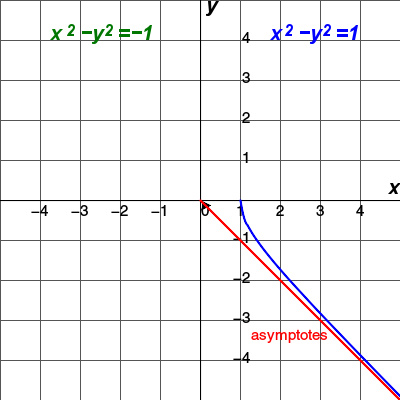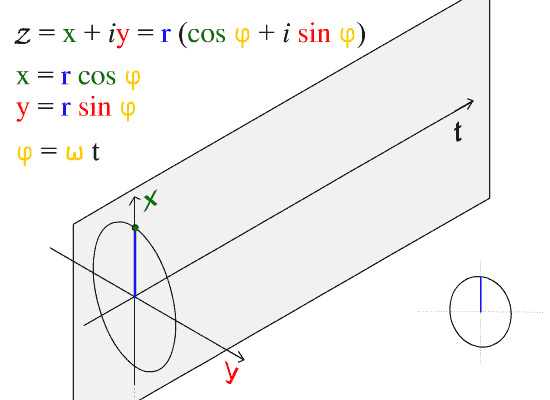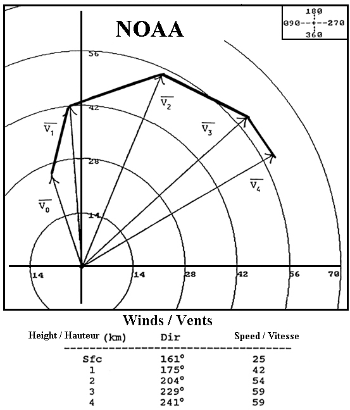曲线
历史
定义
平面曲线
在数学上,一条曲线的定义为:
我们常遇到的平面曲线的拓扑空间为 R 2 {\displaystyle \mathbb {R} ^{2}} 。
空间曲线
常见曲线
请参见曲线列表
曲线方程
请参阅参数方程。
一般来说,当在 R n {\displaystyle \mathbb {R} ^{n}} 下一些符合一条方程的点的集合组成一条曲线时,那方程就叫那曲线的 曲线方程 。
例如, x 2 + y 2 = 1 {\displaystyle x^{2}+y^{2}=1} 是单位圆的曲线方程,因为有且仅有单位圆上的点符合这条方程;因这些点组成一个单位圆,故该方程正代表着平面上的单位圆。
曲线的长度
平面曲线
若一条平面曲线可表达成标准方程 y = f ( x ) {\displaystyle y=f(x)\,} ,那么它的长度就是:
其中 a {\displaystyle a\,} 、 b {\displaystyle b\,} 为 x {\displaystyle x\,} 的上下限。
若平面曲线可表达成参数方程 { x = x ( t ) y = y ( t ) {\displaystyle \left\{{\begin{matrix}x=x\left(t\right)\\y=y\left(t\right)\end{matrix}}\right.} 。,那么它的长度就是:
其中 α α --> {\displaystyle \alpha \,} 、 β β --> {\displaystyle \beta \,} 为 t {\displaystyle t\,} 的上下限。
空间曲线
免责声明:以上内容版权归原作者所有,如有侵犯您的原创版权请告知,我们将尽快删除相关内容。感谢每一位辛勤著写的作者,感谢每一位的分享。

- 有价值
- 一般般
- 没价值








24小时热门
推荐阅读




关于我们

APP下载


























{{item.time}} {{item.replyListShow ? '收起' : '展开'}}评论 {{curReplyId == item.id ? '取消回复' : '回复'}}